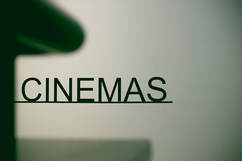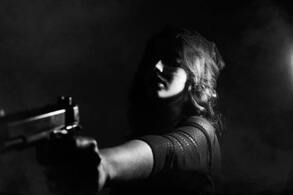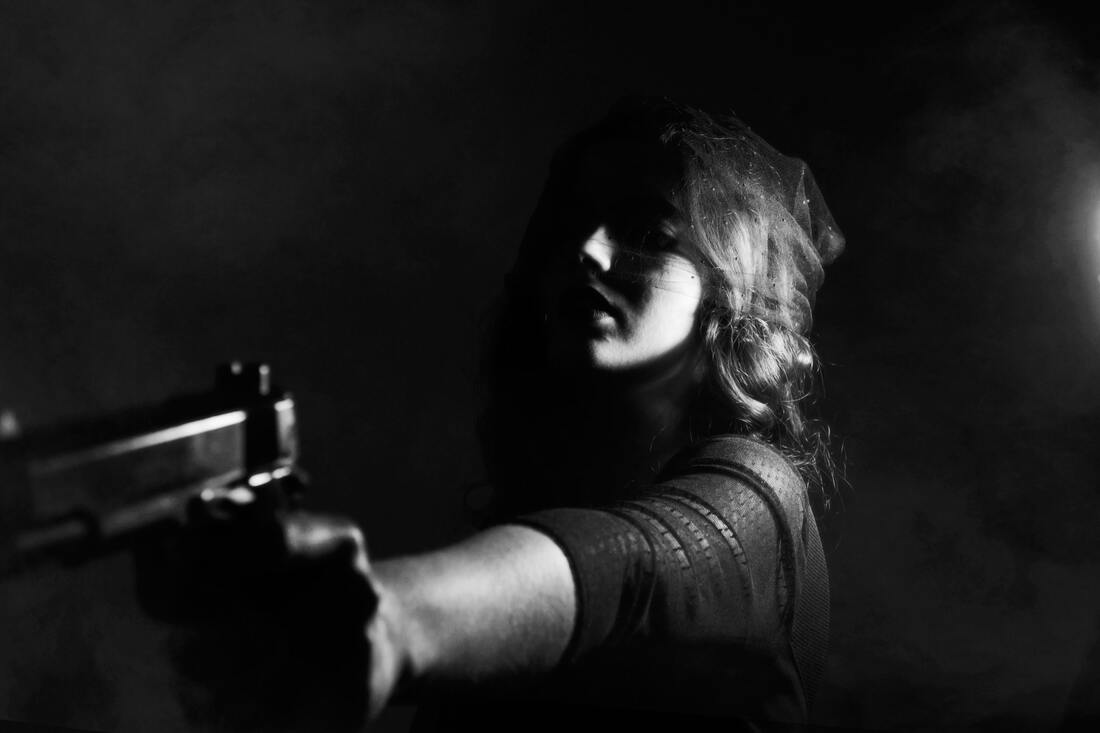| Film noir has been considered a genre, but it has more in common with previous film movements (e.g., German Expressionism, Soviet Socialist Realism, Italian Neo-Realism) and, in fact, touches every genre. Film movements occur in specific historical periods - at times of national stress and focus of energy. They express a consistency of both thematic and formal elements which makes them particularly expressive of those times, and are uniquely able to express the homogeneous hopes (Soviet Socialist Realism and Italian Neo-Realism) and fears (German Expressionism and film noir) brought to the fore by, for example, the upheaval of war. Genres, on the other hand, exist through time: we have had westerns from the early 1900s and in spite of rises and falls in their popularity, westerns are with us today. |
|
0 Comments
 People have been watching movies on their TV's for more than 50 years. They have been watching them on computers for some time now and they just started watching them on their tablets and phones a few years ago. Everybody knows it's convenient and easy, but it doesn't seem that anybody knows why this trend is so bad. In this blog I will address why movies and films should screen in theaters and why it's better to watch them there. I will talk about the psychological and physical aspect of cinema.
|
People who critique moving pictures fall into 3 general classes:
1. Reviewers - are generally journalists who describe the contents and general tone of a movie, with only incidental emphasis on aesthetic evaluation. 2. Critics - are also journalists for the most part, but their emphasis is more on evaluation than on mere content description. 3. Theorists - are usually professional academics, often the authors of books on how movies can be studied on a more philosophical level. AuthorI'm a film critic and I like to write about films that are exceptional and stand above the rest. Categories
All
"The role of the critic is to help people see what is in the work, what is in it that shouldn't be, what is not in it that could be. He is a good critic if he helps people understand more about the work that they could see for themselves; he is a great critic, if by his understandings and feeling for the work, by his passion, he can excite people so that they want to experience more of the art that is there, waiting to be seized. He is not necessarily bad critic if he makes errors in judgement. He is a bad critic if he does not awaken the curiosity, enlarge the interests and understanding of his audience. The art of the critic is to transmit his knowledge of and enthusiasm for art to others." ( Pauline Kael )
|


 RSS Feed
RSS Feed